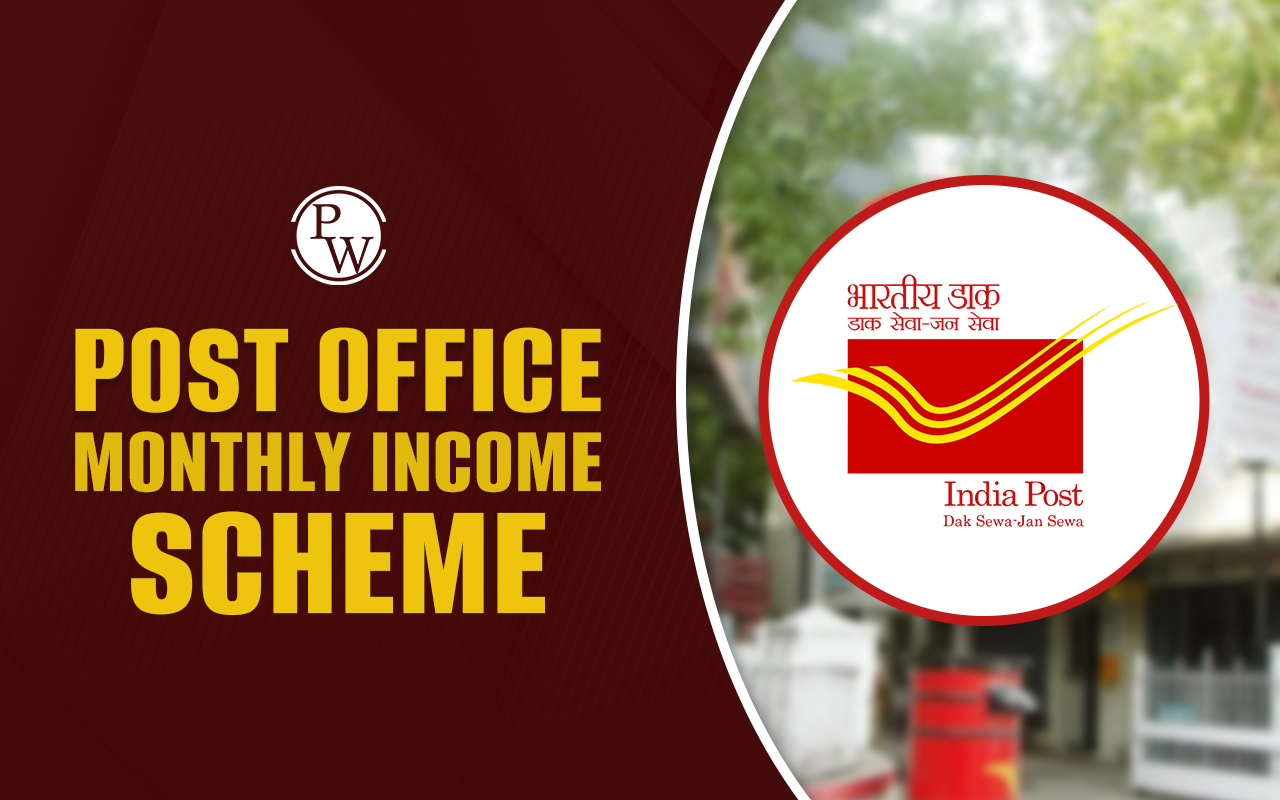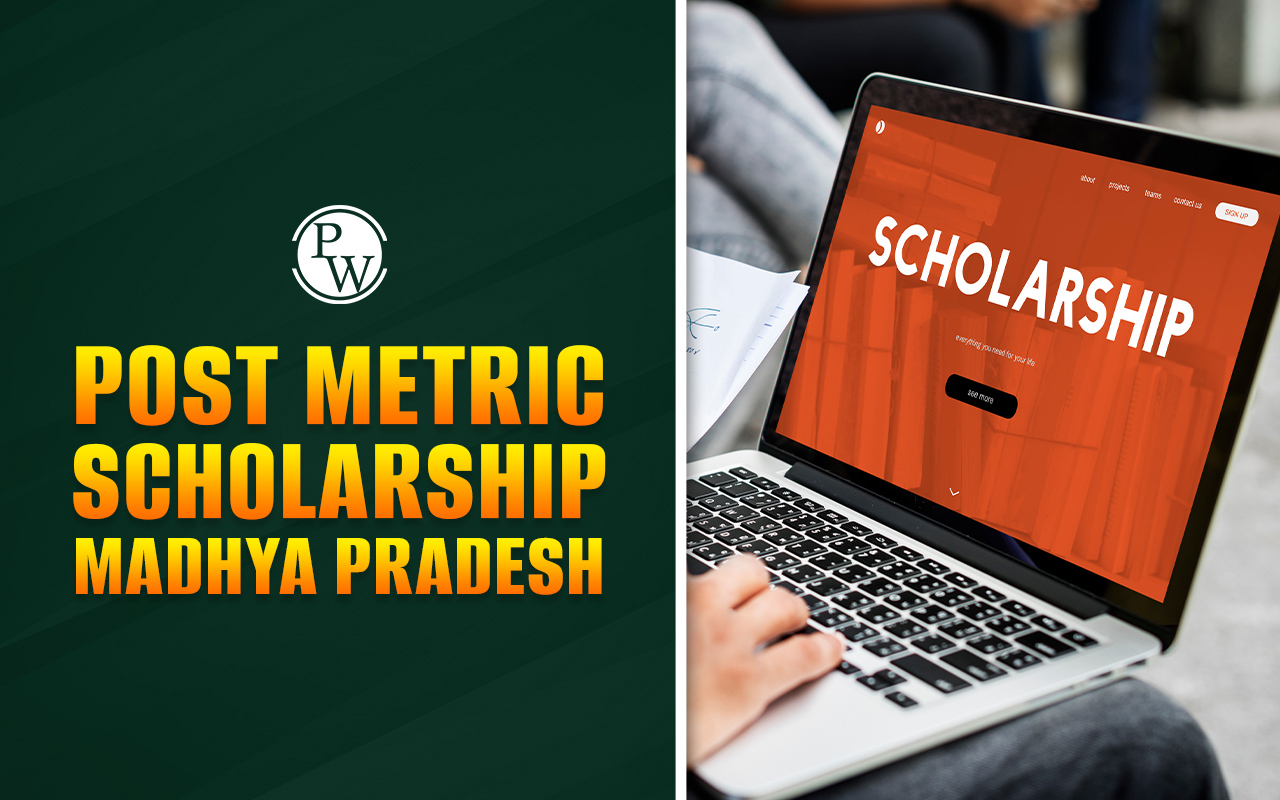
UPSC Botany Optional Syllabus 2025: UPSC Botany Optional Syllabus comprises two papers, each carrying 250 marks. Candidates appearing for UPSC mains must select optional subjects, and Botany is one of the 26 optional subjects. It is known as ‘ the eldest daughter of medicine ’, which offers a deep understanding of plants. So, if you have selected Botany, then it is crucial for you to understand the UPSC Botany Optional Syllabus 2025. In the section below, we'll provide all about the syllabus, exam papers, and why opting for botany could be your pathway to success.
UPSC Botany Optional Syllabus 2025
The Botany Optional Subject in the civil services examination consists of two papers - Paper I and Paper II, each carrying 250 marks, making a total of 500 marks. In the UPSC Mains, there are nine subjective papers, and candidates can opt for an optional subject. Here, we provide a detailed UPSC Syllabus 2025 for Botany Optional.UPSC Botany Optional Syllabus 2025 For Paper I
The UPSC Botany Optional for Paper I offers a comprehensive exploration into the world of plants, their biology, physiology, and ecology. This paper is designed to assess an aspirant's understanding and command over the fundamental concepts of Botany, including plant systematics, plant anatomy, and various aspects of plant life. Check the complete UPSC Botany Optional Syllabus For Paper I from below:| UPSC Botany Optional Syllabus 2025 For Paper I | |
|
|
|
|
|
|
|
|
|
|
UPSC Botany Optional Syllabus 2025 For Paper II
UPSC Botany Optional Paper II takes the foundational knowledge established in Paper I and advances into more specialized areas of plant science, focusing on genetics, plant breeding, biotechnology, and the economic significance of plants. Check out the complete UPSC Botany Optional Syllabus For Paper II from below:| UPSC Botany Optional Syllabus 2025 For Paper II | |
|
|
|
|
|
|
|
|
|
|
Pros & Cons Of Choosing Botany As An Optional Subject?
As Botany is a highly specialised subject , candidates who have studied it as part of their curriculum or have a strong background in plant biology should consider taking it as an optional subject. If you are a little confused about what to choose, here we have narrowed down some pros and cons of choosing Botany as a UPSC optional subject:Pros Of Choosing Botany As An Optional Subject
- It is objective, not subjective.
- You can use diagrams and pictorials to score higher.
- It is often seen as a " safe " option as the questions are usually easy, and you write straightforward good answers to score high.
- The competition in this subject has been seen comparatively less.
- Botany Optional Syllabus is mostly static with mirror changes over the years.
Cons Of Choosing Botany As An Optional Subject
- Candidates with a background in botany or biotechnology are suggested to consider this subject.
- Background does matter if you don’t have an interest in it. It will be challenging to complete the Botany Optional Syllabus.
- The syllabus is quite vast and may require 5-6 months to cover thoroughly.
- This subject demands precision as the questions are direct, leaving little room for error.
- Botany overlaps with the General Studies papers and other topics that are related to current affairs.
UPSC Botany Optional Booklist
To navigate through the vast Botany syllabus and enhance your preparation, we have curated a list of essential books that cover all the key topics. Refer to the books below to build a strong foundation and grasp the comprehensive knowledge required for excelling in the Botany optional papers.| Subject |
Recommended Book(s)
|
| Cell Biology |
De Robertis & Ambrose
|
| Easy or Powar | |
| Ecology, Microbiology, Animal Behaviour, Pollution and Toxicology |
Dr. Veer Bala Rastogi (B.Sc. Part III, Paper III)
|
| Cryptogams | B.R. Vasista |
| Pteridophyta (Vascular Cryptogams) | P.C. Vashishta |
| Economic Botany |
Economic Botany in the Tropics – S. L. Kochhar
|
| Embryology of Angiosperms | S. P. Bhatnagar |
| Genetics | Strickberger |
|
Elements of Genetics – Dr. Veer Bala Rastogi
|
|
| Plant Anatomy | B.P. Pandey |
| Esau | |
| Microbiology | Powars |
| Pathology | Singh’s Book |
|
A foreign author (not specified)
|
|
| Physiology and Biochemistry |
Salisbury and Ross or Fritz and Noggle
|
| Taxonomy | R. Nair |
Paper-wise Books List for UPSC Botany Optional
NCERT Books for UPSC Botany Optional: NCERT Biology Std. XI and XII textbooks for conceptual clarity and basic understanding of topics. Refer following reference books for a detailed understanding of this subject.| Standard Books for UPSC Botany Optional Paper I | Standard Books for UPSC Botany Optional Paper II |
| Prescott's Microbiology Plant Pathology by George N Agrios A Text Book of Botany by Singh, Pandey and Jain Gymnosperms by S. P. Bhatnagar, Alok Moitra Plant Systematics by Gurucharan Singh Plant Anatomy by Dr. B. P. Pandey The Embryology of Angiosperms by Sant Saran Bhojwani and S. P. Bhatnagar Plant Tissue Culture: Theory and Practice by S.S. Bhojwani, M.K. Razdan Economic Botany: A Comprehensive Study by SL Kochhar | Karp's Cell Biology by Karp Gerald Concepts of Genetics by Klug and Cummings Plant Breeding: Principles and Methods by B D Singh Biotechnology: Expanding Horizons by B D Singh Fundamentals of Biostatistics by Veer Bala Rastogi Plant Physiology and Development by Eduardo Zeiger, Lincoln Taiz Ecology and Environment by Dr. P D Sharma + Resources from Newspapers, Magazines and Web resources |
UPSC Botany Previous Year Question Paper Download PDF
| UPSC Botany Previous Year Question Paper | Link |
| UPSC IFS Botany Question Paper 2018 | Paper I Paper II |
| UPSC IFS Botany Question Paper 2019 | Paper I Paper II |
| UPSC IFS Botany Question Paper 2020 | Paper I Paper II |
| UPSC IFS Botany Question Paper 2022 | Paper I Paper II |
How to Cover Botany Optional Syllabus?
Preparing for botany optional requires a strategic approach that encompasses understanding concepts, regular practice, and effective time management. Here's a step-by-step guide to help you prepare efficiently:
- Familiarize yourself with the topics by thoroughly understanding the botany optional syllabus.
- Break down the topics into manageable sections and prioritize areas that require more attention.
- Gather study materials, including textbooks, reference Botany optional books , lecture notes, and UPSC Online resources .
- Develop a structured study plan that allocates sufficient time to cover each topic in the syllabus.
- Focus on understanding fundamental concepts rather than memorizing facts.
- Use diagrams, flowcharts, and mnemonics to visualize complex processes.
- Solve previous years' Botany optional question paper to familiarize yourself with the exam pattern, question format, and difficulty level.
- Analyze your performance by practising Botany optional PYQs and identifying areas of weakness to target during revision.
- Review Botany notes, diagrams, and summaries regularly to ensure retention of information.
- Keep yourself updated with the latest developments and advancements in botany.
By following these tips and strategies, you can effectively prepare for the exam and cover the extensive Botany optional syllabus.
UPSC Botany Syllabus FAQs
Is botany optional a scoring subject?
Who are the Botany optional toppers in UPSC?
How should I prepare the complete Botany optional syllabus?
Can botany optional help in other competitive exams?
What is the success rate of the Botany exam?








